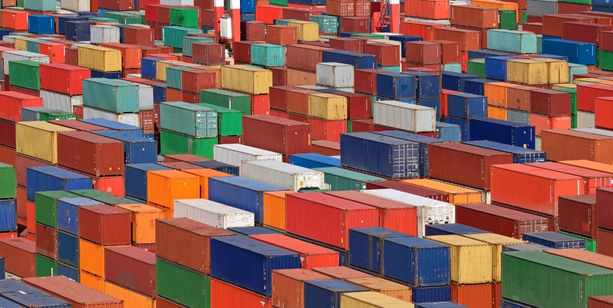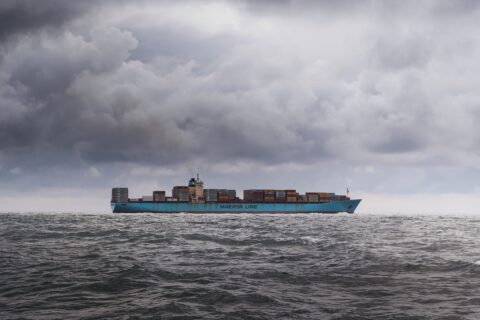
Intermodal freight transportation involves moving items from a shipper to a consignee using two or more modes of transportation. Rail, air freight, trucking, ocean freight, and transportation via interior waterways are only a few of these other forms of transportation.
Using specialized, standardized containers, intermodal shipping transports cargo using a variety of means of transportation. In essence, intermodal shipping containers are rectangular boxes that may be loaded onto ships, transported using cargo aircraft that are specially equipped for the task, or fastened to specialized trailers and railcars.
The containers are composed of sturdy steel and designed to be easily changed between different modes of transportation, removing the dangers associated with handling their contents directly.
What Happens During Intermodal Transportation?
Overland transportation is frequently used when shipping goods globally through maritime freight at specific points along the route. The consignment is delivered by rail or road to the port of loading from the shipper’s warehouse or any other designated pickup location. The final recipient receives it after being transported by land to the port of discharge.
Freight must meet two crucial criteria in order to be deemed multimodal. The first criterion is that it must be transported during its voyage inside a single transport unit, generally a shipping container. The second is that the container shouldn’t be combined or divided into smaller pieces while being transported.
- Container-on-flatcar (COFC) shipping is a quick and inexpensive intermodal transportation method that allows for the simultaneous loading of four containers onto a flatcar.
- The intermodal shipping method known as “Trailer-on-Flatcar” (TOFC) involves mounting an over-the-road trailer (OTR) directly on a flatcar.
Over time, the COFC and TOFC approaches have both been helpful for intermodal transportation, reducing the need for human work and generating savings in terms of resources (money, time, and effort).
Intermodal Stations and Intermodal Transport Units
It’s crucial to understand intermodal transport units (UTIs) in relation to multimodal transportation. These are the vehicles that are used to convey goods through intermodal transport facilities. Shipping containers are the most typical container for UTIs, although there are also trailers, railroad wagons, swap-bodies, and other types.
The transition of intermodal transport units from one mode of transportation to another occurs at intermodal stations. Multimodal stations and intermodal terminals are other names for intermodal stations that are frequently used.
ProConnect Integrated Logistics – Your Warehousing & Freight Forwarding Partner
A third-party logistics firm can help shippers mitigate a variety of risks throughout the supply chain by outsourcing certain logistics functions. By partnering with a 3PL, a shipper can free up time to concentrate on his or her core competencies without suffering from the ever-shifting logistics landscape.
If you are looking for a partner to take care of all your logistics hassles, talk to us.





 APP DOWNLOAD
APP DOWNLOAD